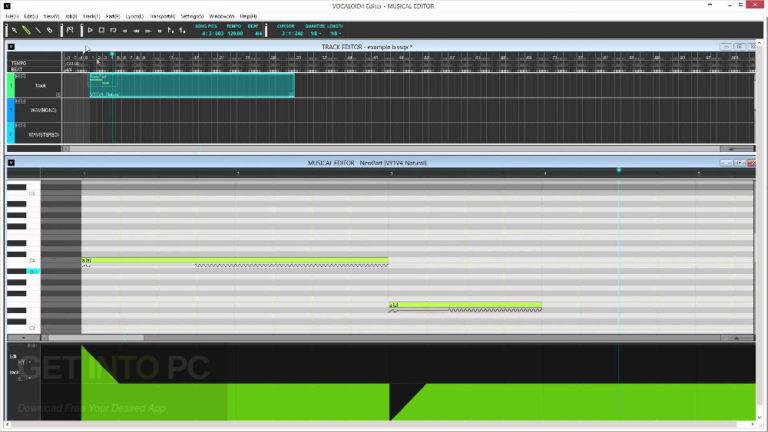

This becomes particularly noticeable with the usage of multiple vocal color adjustments within a song. The XSY function confuses the Voice Color's function's wavelength adaption calculations at times as well as the XSY function due to it having to adapt the vocal (basically, as both features perform their own calculations and sample processing independently, they may clash with each other). compatible vocals (such as Megurine Luka V4X "SOFT_EVEC" and "HARD_EVEC") is not always recommended, especially if both features are used in tandem and some "colors" are less stable than others. Particular of note is that XSY between two E.V.E.C. It can over-complicate its own mathematical equations at times due to having to work with VOCALOID vocals and bring out faults that are barely noticeable without it, such as sample oddities and phonetic errors. Since it acts as a separate entity to the VOCALOID engine itself, it has been known to have some effects on certain features like XSY within VOCALOID. Notably, the new feature had a lot of complaints, most of which varied per release (see each individual VOCALOID for more details). This E.V.E.C function also can be combined with the Velocity (VEL) parameter for better control of the consonant's length, impact and stress. It's important to mention that abusing this function can produce a stutter or trill like effect in some cases. The feature was re-designed for Kagamine Rin & Len V4X and Hatsune Miku V4X as the Pronunciation Extension function, and it's designed to take the Growl (GWL) parameter and other options into account.įor Rin/Len, this feature is designed only for strengthening the voice and can be used for producing or imitating a "screaming" or "shouting" effect when combined with the other features available (Voice Color, GWL, XSY).įor Miku, the Pronunciation Extension has two modes available: Strong Pronunciation, similar to Rin/Len's feature and Soft Pronunciation, which produces a breathy voice more suited for gentle and quiet expressions and can produce a hoarse voice effect when coupled with the other features and parameters.įor inputting this option manually into VOCALOID4, the user simply requires to repeat the target consonant at the beginning of the note 2 - 4 times.

Basically, it works by layering several sound samples of the consonant, effectively giving the impression of a harsher and longer sound. This option is designed to emphasize the consonant at the beginning of the note to have more impact over vowels. menus.Ĭonsonant Extension was assigned to Megurine Luka V4X. The list of E.V.E.C and their corresponding phonemes.Ĭomparison of Luka (left) and Rin's (right) E.V.E.C. You can choose between Strong / Soft and you can switch the voice's overtone with Pronunciation Extension Function. This function allows you to control overall voice (vowel voice color) expression. is not a sample-based system instead, it acts as a set of presets for the voice. It takes a lot to do it in V4 Editor, but it's the only thing besides Piapro Studio in which you can work. Many of these voicebanks only have Voice Release and Pronunciation Extension, Is an advanced feature that can both aid and hinder a user due to its complexity. It is supported by all of Crypton Future Media's Japanese VOCALOID4 voicebanks in the CV (Character Vocal) series.

"E.V.E.C." is a feature designed for use in Piapro Studio, though it can be used outside of it. "E.V.E.C" enables you to control detailed voice expressions, setting release length and intensity of breaths, as well as emphasizing consonants for more intensity. Is a newly developed function to expand the singing voice’s expression. "E.V.E.C." (Enhanced Voice Expression Control)
VOCALOID 4 EDITOR FREE HOW TO
This is NOT a beginner guide, You need to know basic and how to work around vocaloid editor 4.capabilities are only available for Japanese voicebanks in Crypton's "V4X" range. This tutorial apply to all voice banks that support E.V.E.C ( Enhanced Voice Expression Control ).This tutorial is focus on Vocaloid Editor 4 only.


 0 kommentar(er)
0 kommentar(er)
